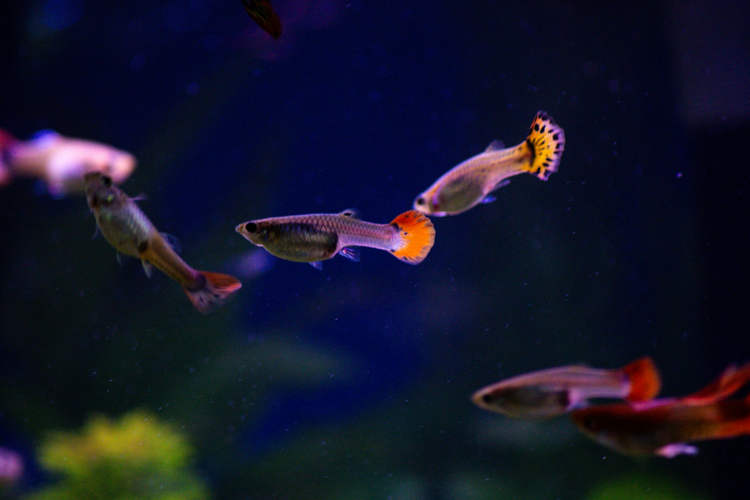Sacculina carcini is a common species of barnacle that not only attaches itself to various species of crab, forcefully castrating males and turning them into females willing to care for and release their eggs.
Most barnacles spend their entire existence attaching themselves to underwater rocks or the bottoms of ships and just filtering food from water, but sacculina carcini has evolved into a parasite that seeks out unsuspecting crabs, usually green crabs, and becomes the bane of their existence. It all starts with a microscopic Sacculina larva that attaches itself to the most vulnerable part of the crab, the membrane at the base of one of its hairs, and injects a microscopic blob called ‘vermigon’ into the crustacean’s bloodstream. This blob then grows into a parasitic barnacle that uses its host both for protection and reproduction, often changing its sex to achieve its insidious goal.

Photo: © Hans Hillewaert / CC BY-SA 4.0
From the outside, a Sacculina carcini looks like a white sack attached to the crab’s body, but in reality, this is just part of the parasite. The internal part of a mature parasite looks like a system of root-like tendrils spread all throughout the body of the host. It’s through these tendrils that the parasite receives nourishment and attaches itself to the crab’s nervous system, controlling its behavior.
When infected with Sacculina carcini, crabs suffer a series of physical transformations that culminate in sex change. Both male and female crabs are no longer able to molt, which prevents them from regenerating lost limbs and causes them to become encrusted with other animals, while males lose their gonads and develop ovarian tissue over time. They also develop other feminine characteristics, including the broadening of their abdomens.
Both male and female hosts unknowingly carry the eggs of the Sacculina carcini in the sac attached to their abdomen until they are ready for release. The eggs are fertilized by male larvae which enter the sac through a pore, and when the parasite eggs are ready for release, the crab will climb onto a rock and waft them around, thus renewing the cycle.
Interestingly, female crabs care for the parasite eggs just as they would their own brood, but males develop this protective, motherly trait after castration. In fact, experimental removal of the insidious parasite from female subjects caused them to regenerate their ovaries, but in males the sex change was permanent, so they started growing ovaries as well.
Sacculina carcini is categorized as a threat to us humans as well, because of its ability to make crab hosts infertile, thus causing a shortage for human consumption.












